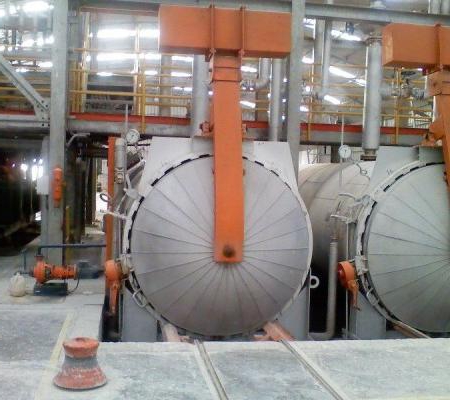Brick is probably the most common building material. It is used everywhere, regardless of the type of structure and its subsequent use. However, before you purchase equipment for the production of silicate brick, you need to find out exactly how it is made. After all, different types of material require different equipment.
Advantages and features of using the presented product

Among the advantages can be identified such:
- a white shade that can always be changed with paint;
- the ability not to carry out additional decoration of the building, as the material has excellent decorative qualities and appearance;
- due to the large number of different textures of the brick surface, you can build a very original house that will not look like other structures;
- environmental Safety;
- good heat and sound insulation properties;
- acceptable cost.
Therefore, such a product will always be in demand.
What is the product made of?
Before choosing equipment for the production of silicate brick, we will consider what kind of raw materials will be needed for work. So, you need to purchase (or get yourself) the following ingredients:
- lime (it must be dry and quicklime, so protect it from interaction with moisture);
- sand (it simply must be cleaned of various impurities, so carefully choose a supplier or pay maximum attention to the proper extraction of this component);
- substances that provide quick hardening of the mixture;
- dye (if necessary).
- water (should not contain elements that subsequently form scale).
That is, all components must be as clean as possible.
What equipment is included in the production line?

Now consider what equipment will be needed to operate. It is advisable to purchase a ready-made fully automated line, since it costs a little cheaper than the purchase of individual machines, and contains all the necessary devices.
So, you will need such devices:
1. Bunker for raw materials: sand, lime and other binding components.
2. Dispensers of ingredients. The fact is that the creation of truly high-quality material requires compliance with the quantitative ratio of components.
3. Raw material mixers (rod and twin).
4. Silo reactor.
5. Press for the production of silicate brick.
6. Device for folding material.
7. The autoclave.
8. Transport lines for loading and unloading source components.
9. Transfer trolleys with which the finished product is transported.
Manufacturing Technology

It provides for the phased completion of certain works:
1. Preparation of a dry mixture of all components. For this, two methods are used: silo and drum. At the same time, very accurate scales and dispensers are used in the process, with the help of which the composition of the mixture is controlled.
2. Pressing. For this purpose, the molds are filled with a mixed mixture and pressed down. Next, the formed brick is loaded onto the trolleys.
3. Wet-wet processing. For this, an autoclave for the production of silicate brick is used. Processing continues for approximately 12 hours.In this case, the temperature inside the device reaches a value of 190 degrees. In addition, high pressure steam is supplied to the autoclave.
Next, the finished brick is loaded onto trolleys and stored. After that, it can be sent to the customer or delivered to the building materials store. That's all. Good luck








